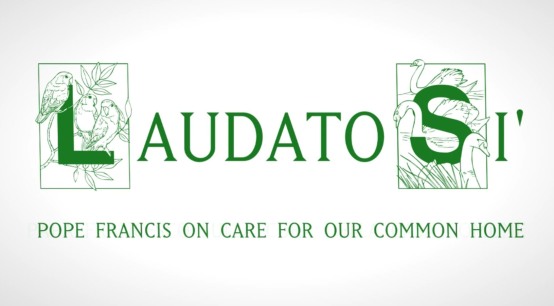“Open collaborative design is a nascent field that has huge potential to radically alter the way we create goods, machines and systems – not only for personal items but all the way up to components of national or global infrastructure.”
https://www.redbubble.com/people/annaflowers/works/23541629-the-earth-laughs-in-flowers?p=sticker
I compared and analyzed Innovation and Product Development with Open Source Design through the lens of the environmental crisis, specifically considering how the structure of the IP system is ill equipped to solve highly complex and multidimensional social problems. One of the greatest strengths of OS is its flexibility, or its potential to reach diverse audiences: although the creator of the product design may know little to nothing about his or her consumer, they are still “providing a platform for solving the problem” (Etienne). To build off of Professor Etienne’s point, this democratization of product information creates a greater sense of individual agency within the innovation process, because open designs effectively hand the consumer the tools to adapt a product to specific geographical and cultural contexts. Thus, “building upon existing components and assemblies from the universal commons” not only “allows people to create things of complexity,” but it also allows a diversity of people to innovate and to solve technological problems on their own terms (Open Collaborative Design Reading). This advantage of Open Source –minimizing the gap between the ‘producer’ and the ‘consumer’ –becomes even more crucial when global communities confront context-dependent social challenges. There are no uniform “recipes” or blueprints for solving issues such as climate change. If a corporation in The United States, for example, obtains a patent on a technological design that reduces water usage in Los Angeles, communities in Bangladesh may face difficulties adapting this privately owned technology to their own water infrastructure systems. They may also run up against cultural incompatibilities: for example, the American technology may be irreconcilable with Bangladeshi belief and value systems surrounding water usage and consumption (i.e. some cultures view certain water sources as holy or sacred). Open source design would allow the Bangladeshi community to access and to study the American technology, and to then build off that “recipe” in order to create a product that better fits the needs of their infrastructure.
Pope Francis eloquently explains this challenge in Laudato Si, when he writes: “A consumerist vision of human beings, encouraged by the mechanisms of today’s globalized economy, has a leveling effect on cultures, diminishing the immense variety which is the heritage of all humanity.” Further, “attempts to resolve all problems through uniform regulations or technical interventions can lead to overlooking the complexities of local problems, which demand the active participation of all members of the community” (Francis). Privately owned technologies aimed at solving universal social problems cannot always be imported into different communities and cultures.
There’s also something incredibly empowering and respectful about giving individuals the tools they need to confront challenges within their own local communities, as opposed to forcing a patented blueprint product onto a complex and unique culture: “the local population should have a special place at the table; they are concerned about their own future and that of their children, and can consider goals transcending immediate economic interest” (Francis). I fear that the IP system, which “plays a major role in enhancing the competitiveness of technology-based enterprises” rather than embracing a collaborative approach to solving climate change, ultimately perpetuates and favors the ideas and products of the wealthiest and privileged minds (Kalanje). Open source, on the other hand, ruptures this model, allowing for a more equal and culturally diverse approach to confronting climate change. Instead of imposing a Northern technology on the Global South, which keeps them in a place of helplessness and dependence on a patented technology, open source creates the opportunity for all minds to solve local problems.


